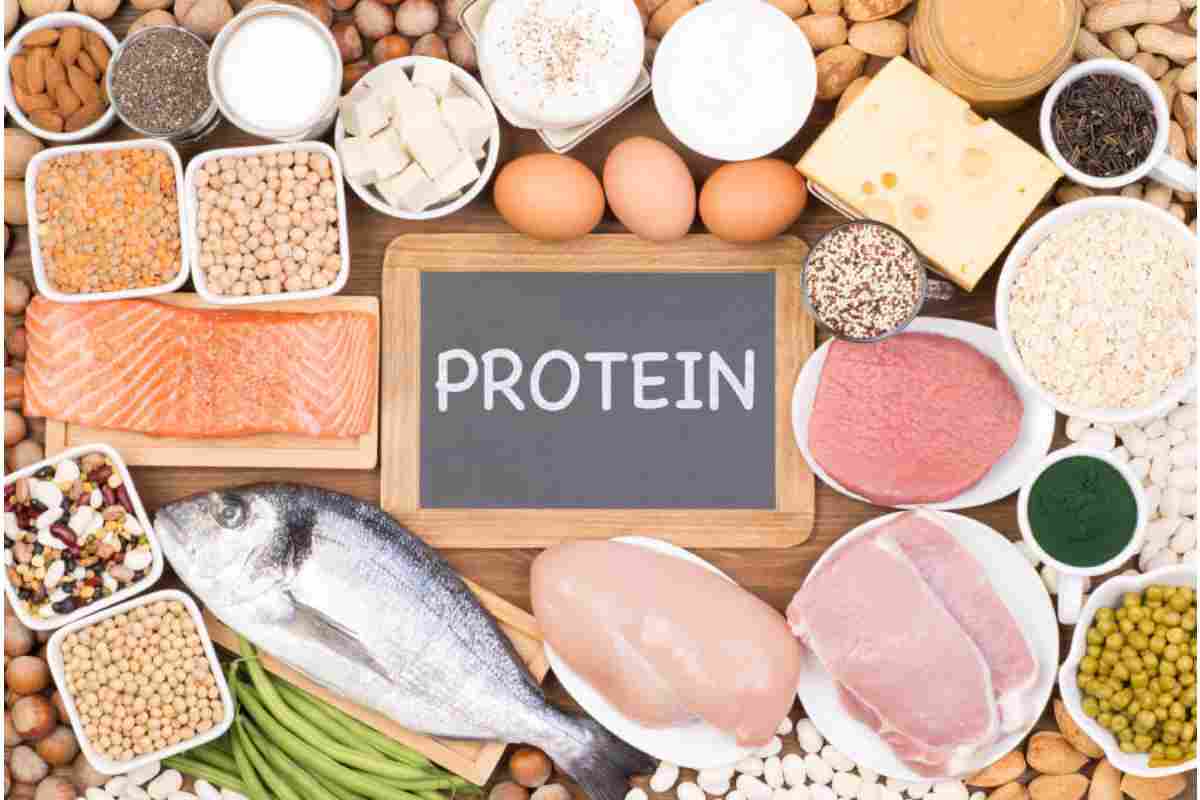The word protein comes from the Greek word “protos”, which means the first element. It is the essential element for human life.
Proteins are essential building blocks for the growth and repair, proper function, and structure of all living cells. Without proteins, life is impossible because they are the basis of different vital designs:
From hormones like insulin that control the level of sugar in the blood.
- Of enzymes, as amylases, lipases and proteases, crucial for the digestion of food.
- Of antibodies that help us fight infections.
- And also, Of muscle proteins that allow contraction.
- Of collagen fibres that give texture to the skin.
Table of Contents
Amino Acid: The “brick” vita
Proteins made up of amino acids, the “building blocks” of any protein link together. A normal protein can contain 300 amino acids or more. Each protein has a specific number and order of amino acid placement.
The shape of the molecule is important as it often determines the function of the protein. There are about twenty different amino acids that are commonly find in plants and animals.
“Animal sources of protein such as meat, fish, eggs, milk, cheese and yoghurt, provide proteins of high biological value.”
Amino acids classifie as essential (essential amino acids that the body does not produce and must obtain through the diet) or non-essential (non-essential amino acids that the body can produce endogenously from other proteins).
Eight amino acids consider essential for adults: leucine, isoleucine, valine, threonine, methionine, phenylalanine, tryptophan, and lysine; and nine for children (the former plus histidine).
When a protein contains essential amino acids in the amount necessary for humans, it is said to have a high biological value.
When one or more essential amino acids are present but in insufficient amounts, said protein say to have low biological value.
The amino acid present in less quantity than necessary is called the “limiting amino acid.”
The protein cycle
Our body produces and eliminates proteins continuously. After eating, proteins are broken down during digestion into amino acids, absorb and used to make other proteins in the body. A daily intake of protein and adequate energy ensures that this cycle continues.
Protein sources
Proteins are found in different foods. Animal sources of protein such as meat, fish, eggs, milk, cheese, and yoghurt provide high biological value proteins.
Plant sources such as legumes, cereals, nuts, seeds and vegetables provide proteins of little biological value. However, as the limiting amino acid is often different in proteins from various plants, the combination of various plant sources in the same food (for example, legumes with cereals) often constitutes a mixture of higher biological value.
These combinations are often in traditional culinary recipes on all continents (for example, beans with rice, pasta or cassava; chickpeas with bread; lentils with potatoes, etc.).
Omnivorous diets (with foods derived from both animals and plants) are those of humans and provide adequate amounts of protein. However, subgroups of the population that do not consume animal products may find it difficult to meet their protein needs.
Vegetarian diets and protein intake
Vegetarian diets are based on grains, vegetables, fruits, legumes, seeds and nuts, and on the elimination of meat and fish. Within vegetarian diets, there are variations, as some include dairy products and eggs, others have dairy products but not eggs, while strict vegetarian diets exclude all products of animal origin.
Strict vegetarian diets, in particular, lack the main sources of protein of high biological value, so this type of diet may have difficulties in meeting your protein needs, especially in case of additional requirements due to growth (children and pregnant women).
Therefore, in strict vegetarians, combining proteins from different plant sources and a balanced food choice is very important to guarantee the necessary levels of essential amino acids.
General recommendations
To maintain normal protein turnover, necessary for proper growth and repair of body tissues, 10-20% of our total energy intake must come from protein. Some current guidelines go so far as to advise 30% protein, of which a significant part would come from the plant kingdom.

